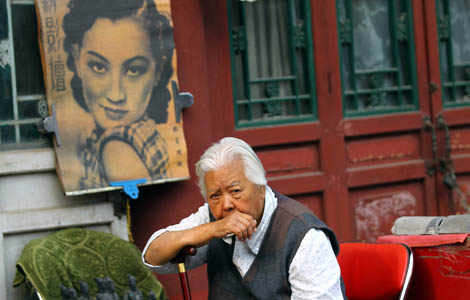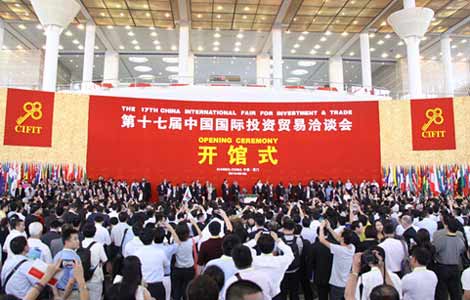Key role in Tea's history
Updated: 2013-09-05 07:43
(China Daily)
|
||||||||
Nowadays, Xiamei village is just a dot on the map of China, but if you open a history of Chinese tea, you'll discover that the village once played a crucial role in the globalization of the beverage.
During the Qing Dynasty (1644-1911), Xiamei was the first departure point for the export of Wuyi rock tea from Fujian province.
The early history revolves around the Meixi River, the shallow waterway that bisects the village. Xiamei is located on the lower reaches of the river, hence its name, xia, which means "lower" in English. Further upstream is a village called Shangmei, or "higher mei".
At one time, the watercourse, which is still clear enough for one to see the river bed, was as deep as three or four meters, enough water for small tea boats to navigate.
As the largest tea-trading center and port in Wuyi Mountain during the Qing Dynasty, late spring saw almost every family busy picking and blending tea.
The tea route was established by businesspeople from the provinces of Fujian and Shanxi. The route, more than 5,000 kilometers long, started at Xiamei village. It continued along the Yangtze and Yellow rivers, before crossing mountains and the Gobi desert to reach Russia.
A memorial stone at the village entrance shows a map that marks the long route, which took a whole year to traverse one way.
The businesspeople of Shanxi weren't the only ones to make their fortunes through the tea trade; Xiamei village also became a prosperous center, with a family called Zou topping the list of big earners.
For more than 200 years, Wuyi rock tea has been a prime representative of Chinese tea because of the continuous supply to central Europe.
- He Na and Sun Li
(China Daily USA 09/05/2013 page7)
Most Viewed
Editor's Picks

|

|

|

|

|

|
Today's Top News
Li plots course ahead
US Senate halts vote on use of force in Syria
Kerry to meet Russian counterparts over Syria
Apple's low-end phone price disappointing
Li vows to provide more jobs
IPO to land deals in Hollywood
StanChartered, HSBC 'poised to enter FTZ'
China's data signal stronger growth
US Weekly

|

|














